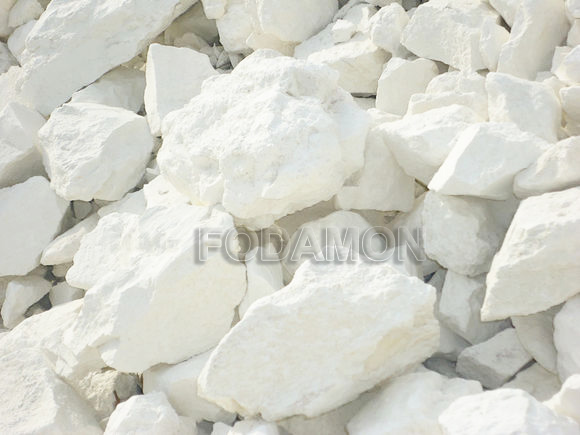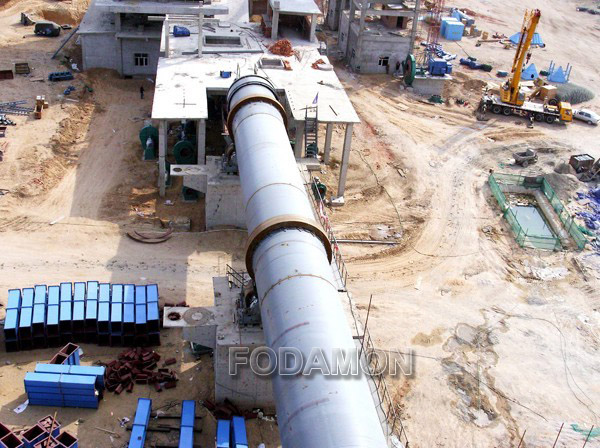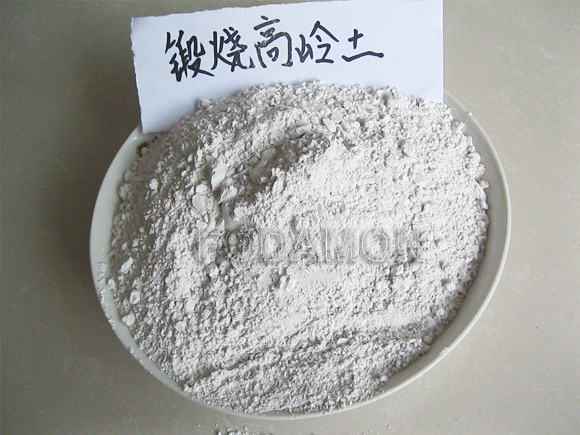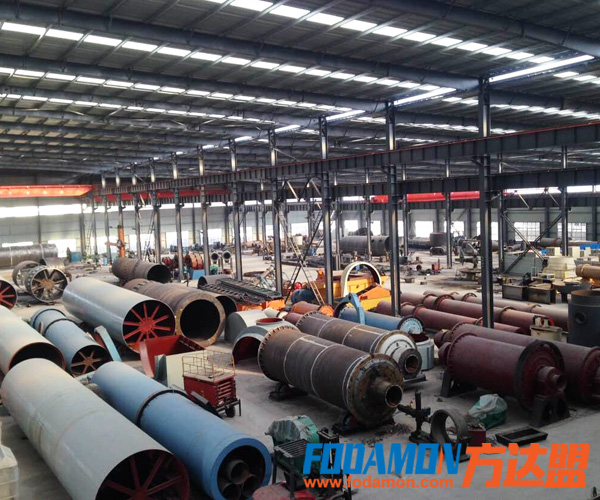Kaolin is an inorganic non-metallic mixture. Calcining kaolin is to sinter kaolin in the calciner to a certain temperature and time, so as to change its physical and chemical properties to meet certain requirements.

Water washed kaolin is the best raw material for producing high-grade porcelain. After deep processing and modification, the product can become an ideal raw material for papermaking, rubber, paint, coating and other industrial departments.
However, in all applications of kaolin, it must be processed into fine powder before it can be added to other materials and fully integrated.

The specific differences between washed kaolin and calcined kaolin are summarized by Fodamon engineers as follows:
Firstly, calcined kaolin has been calcined, and the crystal form and original kaolin have changed; The washed kaolin is only a physical treatment and will not change the properties of the original kaolin.

Secondly, there is a large difference in whiteness. Generally, the whiteness of kaolin will increase after light burning, but water washing will not significantly increase the Whiteness:
Calcined kaolin: the whiteness after calcination is more important. The higher the whiteness, the better the quality. The ceramic process stipulates that drying at 105 ℃ is the classification standard of natural whiteness, and calcining at 1300 ℃ is the classification standard of calcined whiteness.

Water washing kaolin: prepare kaolin into slurry with solid gas volume of about 40%, add dispersant, add grinding medium (such as quartz sand, porcelain beads, glass beads, nylon polyethylene beads, etc.), grind for a certain time, screen, and then precipitate and grade.
Different uses. According to different calcination temperatures, kaolin can be used as papermaking additive and refractory aggregate, while water washed kaolin is generally used as papermaking filler. Moreover, calcined kaolin mainly refers to hard kaolin (coal series kaolin). The raw soil has no adhesion and can not be directly used as raw material for papermaking or refractory materials, so it needs to be calcined for later application; The raw clay of water washed kaolin has adhesiveness and can be directly used as refractory binder or papermaking filler. As for papermaking filler, the whiteness of calcined kaolin is not less, and the cost is relatively high
Calcination will also lead to the increase of kaolin particle size. Although the specific surface area is reduced and the adsorption property is reduced, the surface energy is reduced, which improves the dispersion of kaolin, and amorphous makes the structure loose, which can also improve the dispersion. Calcined and dehydroxylated kaolin is usually used as a reinforcing filler for rubber and plastics after grinding and refining or chemical surface modification.
